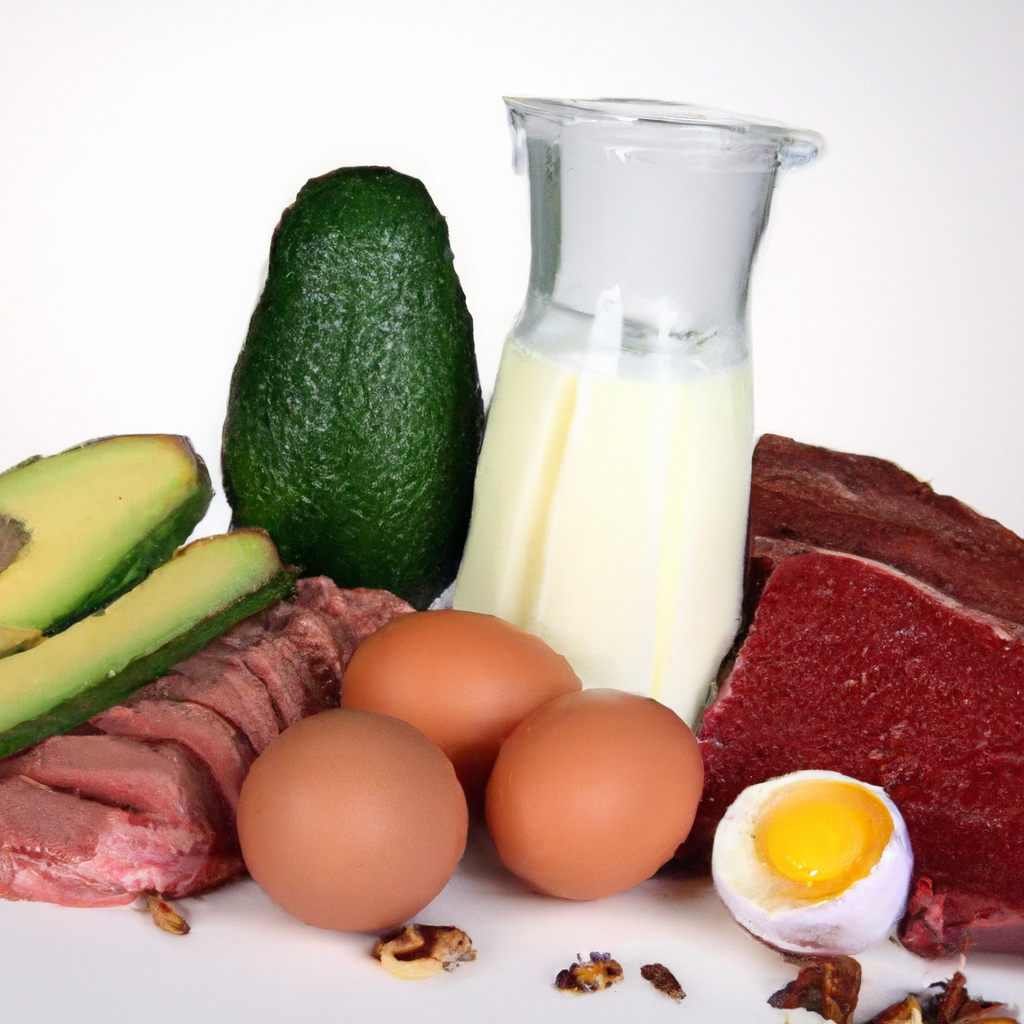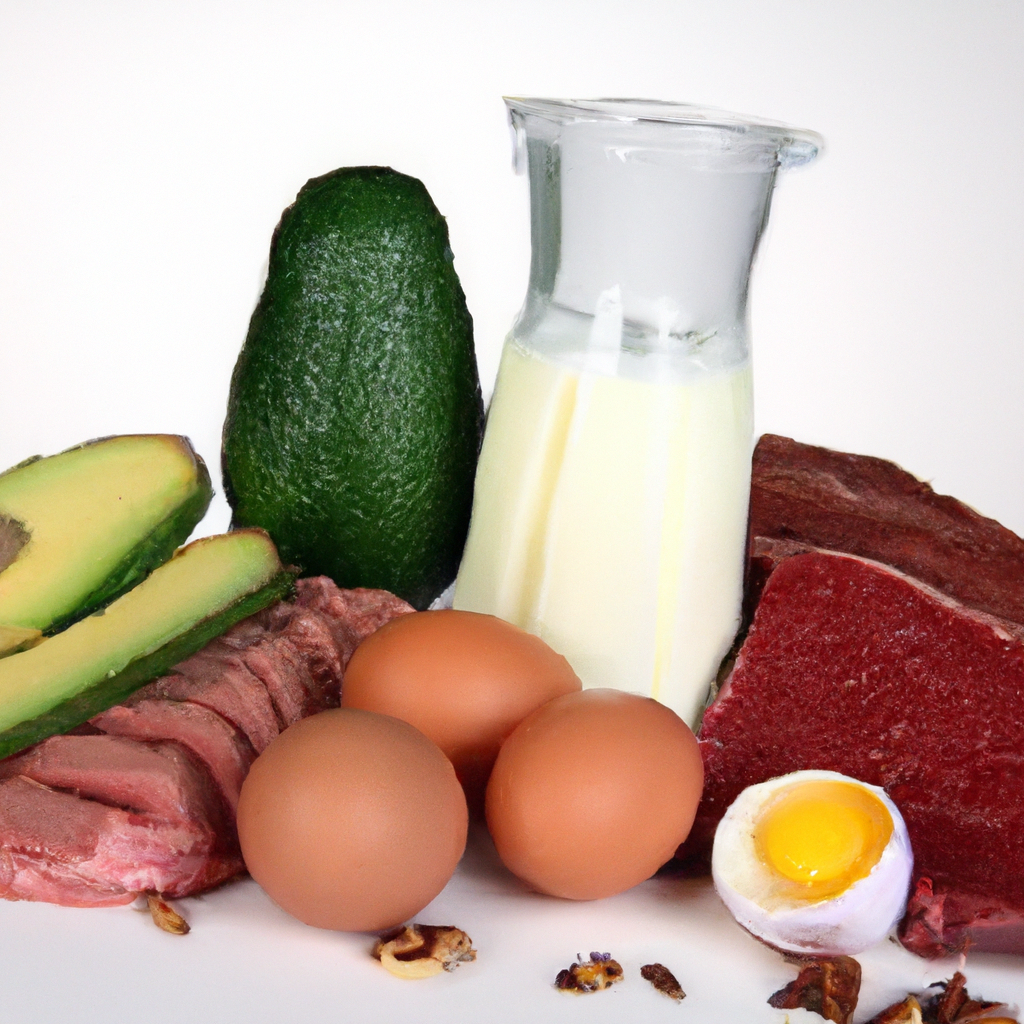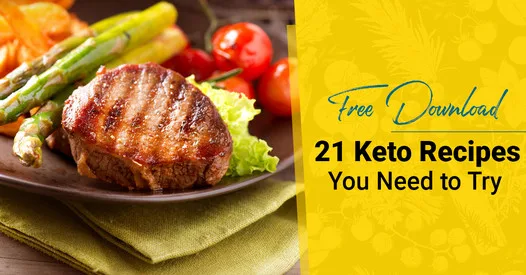Navigating the world of diets can be a complex and often confusing endeavor. When it comes to choosing between a high-protein or high-fat diet, it can feel like you’re stuck in a nutritional tug of war. But fear not, this article is here to help you make an informed decision. Drawing from the latest research and expert advice, we’ll shine a light on the pros and cons of each dietary approach, helping you make a choice that best suits your lifestyle and health goals. So, get ready to get up to speed on the great diet debate: high-protein versus high-fat.
Understanding High-Protein Diets
In a world where there seems to be a constant buzz around different diets, you might find yourself wondering about high-protein diets. What are they, what benefits might they offer, and what foods are commonly used in them?
The Composition of a High-Protein Diet
A high-protein diet is, as the name implies, a diet that is high in protein. This means you center your meals around sources of high-quality proteins, such as meat, fish, poultry, and legumes. While there’s no singular definition for a high-protein diet, it’s widely accepted that it typically involves consuming more than 20% of your total daily calories from protein.
Potential Benefits of High-Protein Diets
High-protein diets can bring a slew of potential benefits to the table. For example, protein is essential for repairing and building body tissues, including muscles. Consuming high amounts of protein can therefore assist with muscle growth and recovery. A high-protein diet may also aid in weight loss by promoting feelings of fullness and increasing calorie expenditure through the process of digestion.
Common Foods in High-Protein Diets
You’ll find that meat and poultry, such as chicken, beef and turkey, are common choices in a high-protein diet. Fish and seafood, such as salmon and shrimps, are excellent sources of protein as well. High-protein plant-based foods include beans, lentils, and other legumes, while nuts and seeds provide both protein and healthy fats.
Exploring High-Fat Diets
Now let’s shift our gaze to another type of diet—the high-fat diet. This might seem counterintuitive to some, but let’s discuss what it entails and the potential benefits that it can offer.
The Basics of a High-Fat Diet
A high-fat diet, such as the Ketogenic diet, is one where a majority of your daily caloric intake comes from fats, typically about 70% or more, while protein and carbohydrates cover the remaining 30%.
Potential Benefits of High-Fat Diets
High-fat diets can deliver a number of potential benefits. They can help facilitate weight loss by shifting the body’s metabolism from burning glucose to burning fat and ketones for energy—a state known as ketosis. This has been linked to improved blood sugar control and reduced inflammation.
Common Foods in High-Fat Diets
Typical foods in a high-fat diet include avocados, fatty fish, cheese, oils, nuts and seeds—foods rich in good fats. You’ll also find low-carb veggies and moderate amounts of lean proteins on the menu.

Comparing Nutritional Values
Having set the basics for the two types of diets, let’s get into the nitty-gritty of each in terms of nutritional values.
Macronutrient Breakdown of High-Protein Diets
In a high-protein diet, protein typically makes up more than 20% of your daily calories, while fats and carbs make up the rest—often in equal parts. So, you could have a diet composed of 30% proteins, 35% fats, and 35% carbs.
Macronutrient Breakdown of High-Fat Diets
In a high-fat diet, fat accounts for about 70% of your daily calories, protein is roughly 20%, and carbohydrates make up the remaining 10%. This means you’re eating a lot more fats while severely limiting your carbs.
Impact on Weight Loss
How each one of these diets affect weight loss is a topic of interest to many.
Effectiveness of High-Protein Diets on Weight Loss
High-protein diets can be effective for weight loss. Protein increases feelings of fullness, reduces hunger, and can help you consume fewer calories overall. Additionally, high-protein foods take more energy to digest, so your body burns more calories processing them.
Effectiveness of High-Fat Diets on Weight Loss
High-fat diets can also stimulate weight loss. When you cut down on your carb intake and increase your fat intake, your body shifts to a metabolic state known as ketosis, where it burns fat for energy. This can help speed up weight loss.

Influence on Muscle Growth
The question of how protein and fat diets affect muscle growth is also essential.
Role of Protein in Muscle Development
Protein is a crucial building block for muscle tissue. Eating enough protein can help your muscles heal and grow after an intense workout, leading to gains in muscle mass over time.
Role of Fat in Muscle Development
Dietary fats also play an essential role in muscle development. They are involved in hormone production, including testosterone and growth hormones that are necessary for muscle growth.
Effects on Metabolic Health
The effects of different diets on your metabolic health are worth exploring too.
Impact of High-Protein Diets on Metabolism
A high-protein diet can boost your metabolism, helping you burn more calories each day. It does it by increasing the thermic effect of food—the energy required to digest, absorb, and process the nutrients in your meal.
Impact of High-Fat Diets on Metabolism
High-fat diets, on the other hand, can also impact your metabolic rate by shifting your body to a state of ketosis. This metabolic switch can help improve blood sugar control and reduce inflammation.

Influence on Chronic Diseases
The role of diet in chronic diseases is becoming ever more apparent and it’s interesting to note how high-protein and high-fat diets can influence them.
High-Protein Diets and Heart Disease
A high-protein diet, if it involves a lot of red and processed meats, may increase your risk of heart disease. On the other hand, protein from plant sources can help lower this risk, emphasizing the importance of choosing the right kind of proteins for your diet.
High-Fat Diets and Diabetes
High-fat diets, depending on the type of fats consumed, can have differing effects on the risk of developing diabetes. Processed and trans fats can increase the risk, while healthy fats, like monounsaturated and polyunsaturated fats, can help reduce it.
Consideration for Special Populations
Taking into consideration a person’s lifestyle and health conditions is crucial when deciding on their diet.
High-Protein Diets for Athletes
Athletes particularly benefit from high-protein diets because of their higher needs for muscle repair and growth. Consuming a good amount of protein helps optimize recovery and performance.
High-Fat Diets for People with Specific Health Conditions
High-fat diets may be used as part of the management program for certain health conditions. For example, the ketogenic diet was originally developed for people with epilepsy, and it’s also being researched for its potential benefits in managing other neurological conditions and even diabetes.

Scientific Studies and Evidences
Research plays a critical role in validating the effectiveness of different diets.
Research Supporting High-Protein Diets
Numerous research studies have demonstrated the potential benefits of high-protein diets. They’ve been shown to support weight loss, improve body composition, and assist with blood sugar regulation among others.
Research Supporting High-Fat Diets
Similarly, there’s a body of research supporting high-fat diets. The ketogenic diet, for instance, has been shown to have potential benefits for weight loss, diabetes management, and neurological conditions.
Creating a Balanced Diet
Ultimately, the debate between high-protein and high-fat diets might be missing the larger point, which is the importance of a balanced, nutrient-rich diet.
Incorporating Proteins and Fats in Moderation
A balanced diet includes a suitable mix of all three macronutrients—proteins, fats, and carbohydrates. Proteins and fats are not mutually exclusive, and in fact, they both have their place in a well-rounded diet.
Tips for Maintaining a Balanced, Nutrient-Rich Diet
Here are a few tips for maintaining a balanced diet. Include a variety of nutrient-dense foods in your diet—fruits, veggies, lean proteins, whole grains, and healthy fats. Aim for variety to ensure you’re getting a wide range of nutrients. And remember, moderation is key. No one food or nutrient should dominate your diet at the expense of others.
In conclusion, whether you decide to follow a high-protein diet, a high-fat diet, or a balanced diet ultimately comes down to your personal goals, health needs, and preferences. Consulting with a healthcare provider or a dietitian can be a great way to understand what diet might work best for you and your unique needs.

